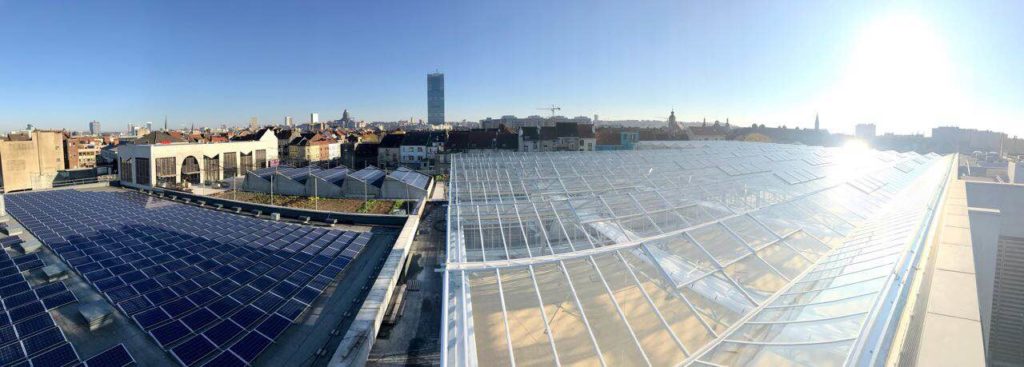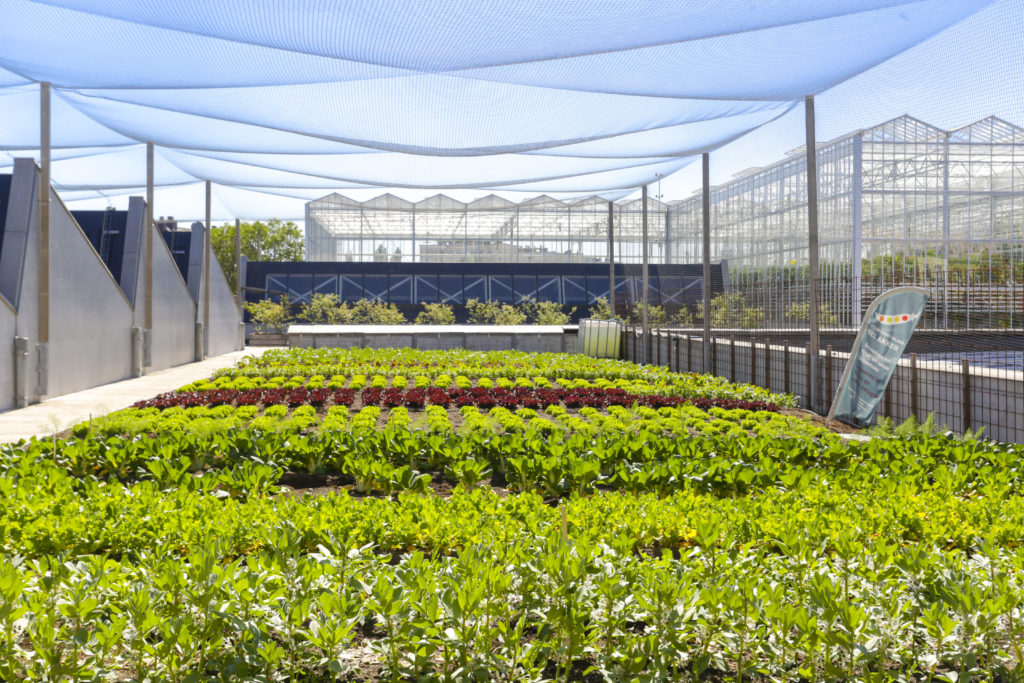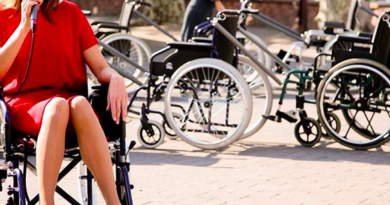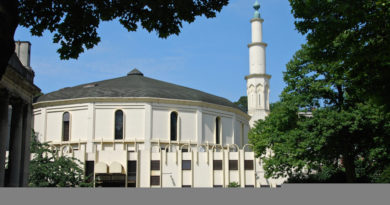An urban farm in the heart of Brussels: Ferme Abattoir
On the roof of the Foodmet market hall lies the Ferme Abattoir, an urban farm created and managed by BIGH (Building Integrated GreenHouses). Designed by ORG architects, the farm’s home is on the historical Abattoir site, in the heart of the Brussels canal area.
The Abattoir site is famous for many reasons: its cellars, its listed market hall, and its lively market attracting more than 100.000 people during 3 days each week. The site hosts the only city-centre slaughterhouse activity in a European capital.
All of this more than grants the Abattoir’s nickname: the belly of Brussels.
Developing the Ferme Abattoir took approximately 1 year with construction starting in 2016, outdoor garden tests in 2017, and the greenhouse and fish farm completed in 2018. Full operation of the farm will be reached at the end of 2018.

Technical Synergies
- The Farm’s own heat pump captures heat (allowing year long production) while offering refrigeration to the Foodmet’s butchers and retailers cold rooms. The pump is supplemented by a gas heating device providing CO2 for photosynthesis support during the day.
- The farm aims at minimal reliance on water mains through filtered rainwater storage and well water top-up.
- Electricity consumption is partially compensated by the Abattoir’s solar panels.

Part of BIGH’s vision includes the use of Aquaponics, which is a mixture of hydroponics and aquaculture. Hydroponics is a method of growing plants without using soil, and aquaculture is the practice of farming fish.
The fish farm can produce 35 tonnes of high quality striped bass fish per year.
Striped Bass was selected by BIGH’s experts according to both market demand, quality of water, renewable heat availability to maintain 24°c, and capability to grow in fresh water as in its natural estuary habitat. While the biofilter’s naturally fertilized water feeds both hydroculture and outdoor gardens, the nutrient-rich water from the striped bass solid waste will also be used to fertilize the outdoor garden and more.
Some good practices:
Zero chemicals and antibiotics are tolerated by a system dependent on billions of microorganisms.
Fish sorting system: it prevents from taking fish out of water.
Best and unique in Europe slaughtering practice combining stunning and ice ensuring animal welfare and produce quality.
Greenhouse:
The Abattoir greenhouse produces herbs, tomatoes and micro-greens in three horticultural zones comprising a total of 2000m2. Production capacity depends on varieties, sizes and temperatures.
The Abattoir’s greenhouse is supported by biological pollination (bumble bees) and biological pest control methods to manage potential diseases. No chemicals or pesticides are used.

Growbags by Greenyard are used for tomatoes. They combine soil substrates as structure for the roots while irrigation feeds natural nutrients. Fungi increase microbiological activity in the substrate. The tomatoes and growbags are set on suspended channels.
Organic potted aromatic herbs are grown on tidal tables and additional LED growth lighting enables year long production.
Social partner is TRAVIE, who employs local disabled people for different manufacturing activities and urban agriculture offers them to diversify their portfolio.
Salads, vegetables, small fruits and Mediterranean-climate species benefit from the roof’s microclimate and aquaponic water irrigation.



